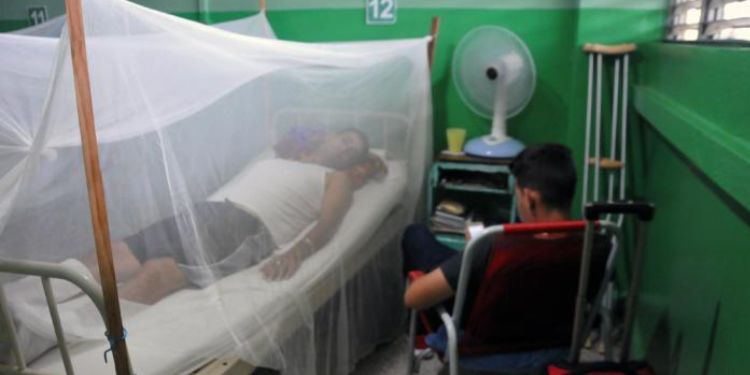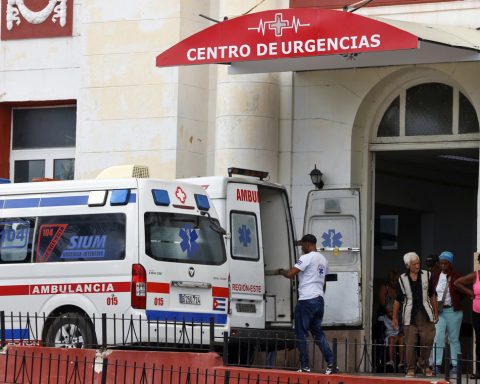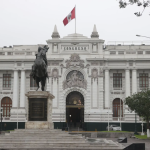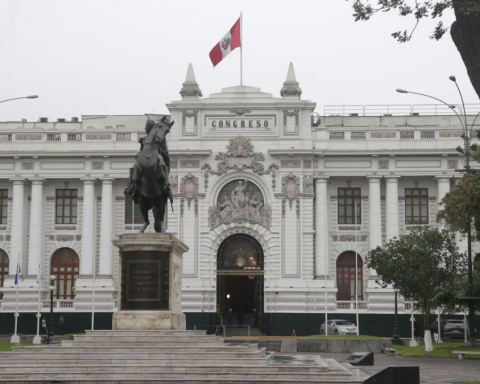AREQUIPA, Peru – The national director of Hygiene and Epidemiology of the Ministry of Public Health (MINSAP), Dr. Francisco Durán, reported this Wednesday at a press conference that 12 of the 15 provinces of Cuba have cases of dengue, which represents 80% of the national territory.
Durán indicated that suspected cases of dengue have been detected in 41 municipalities and 48 health areas, while confirming that Oropouche is present in all of the country’s provinces.
In both cases, the official spoke about the epidemiological crisis in the country without offering detailed figures of cases or deaths due to viruses transmitted by the Aedes aeypti mosquito and the sandfly.
Last week, Durán said that Oropouche was present in all 15 Cuban provinces, 99 municipalities and 172 health areas. In his most recent update, he reported an increase to 174 areas.
This Wednesday, he also assured that Pine Forest of the RiverArtemisa, Havana, Santi Spíritus and the special municipality of Isla de la Juventud have shown a higher incidence rate and an increase in suspected cases of the disease in the last seven days.
According to official figures, 506 people have been diagnosed in Cuba since the first case was confirmed in May. In reality, the number may be higher than that reported by the authorities, since a large part of those infected are spending the disease at home and not going to clinics due to the crisis in the health system.
Cubans at risk
Patients who contract the virus Oropouche They constantly relapse and have an unpredictable evolution, something that is not usual in other viruses.
“When health conditions are not changed, when everything remains the same, patients relapse, they have recurrences (…) There are patients who report even around 6 or 7 relapses, which is not common, for example, with dengue or other types of viruses,” he said.
Although the government has not acknowledged deaths from Oropouche, both Serrano and the president of the Cuban Medical Association, Miguel Angel Ruanoindicate that there have been deaths due to complications from the virus.
“This type of virus does not cause death directly, but it can cause it indirectly. Here, for example, in Cuba, there are many patients subject to extreme conditions in terms of food, lack of medicines and all kinds of other things. In this country, the situation in general is very poor,” he said.
In cases where patients have a depressed immune system and a poor diet, they can die, because “the symptoms are very varied” and there is a lack of treatments.
“It sometimes causes severe diarrhea, severe vomiting, and a patient who is immunocompromised can die. The virus infection is not the direct cause, but it can be secondary because the symptoms can worsen and can even lead to death,” he said.
He also pointed out that, unlike what happened with COVID-19, health authorities are not following up on deaths related to the virus. However, “there are probably patients who have died secondarily from this.”

















